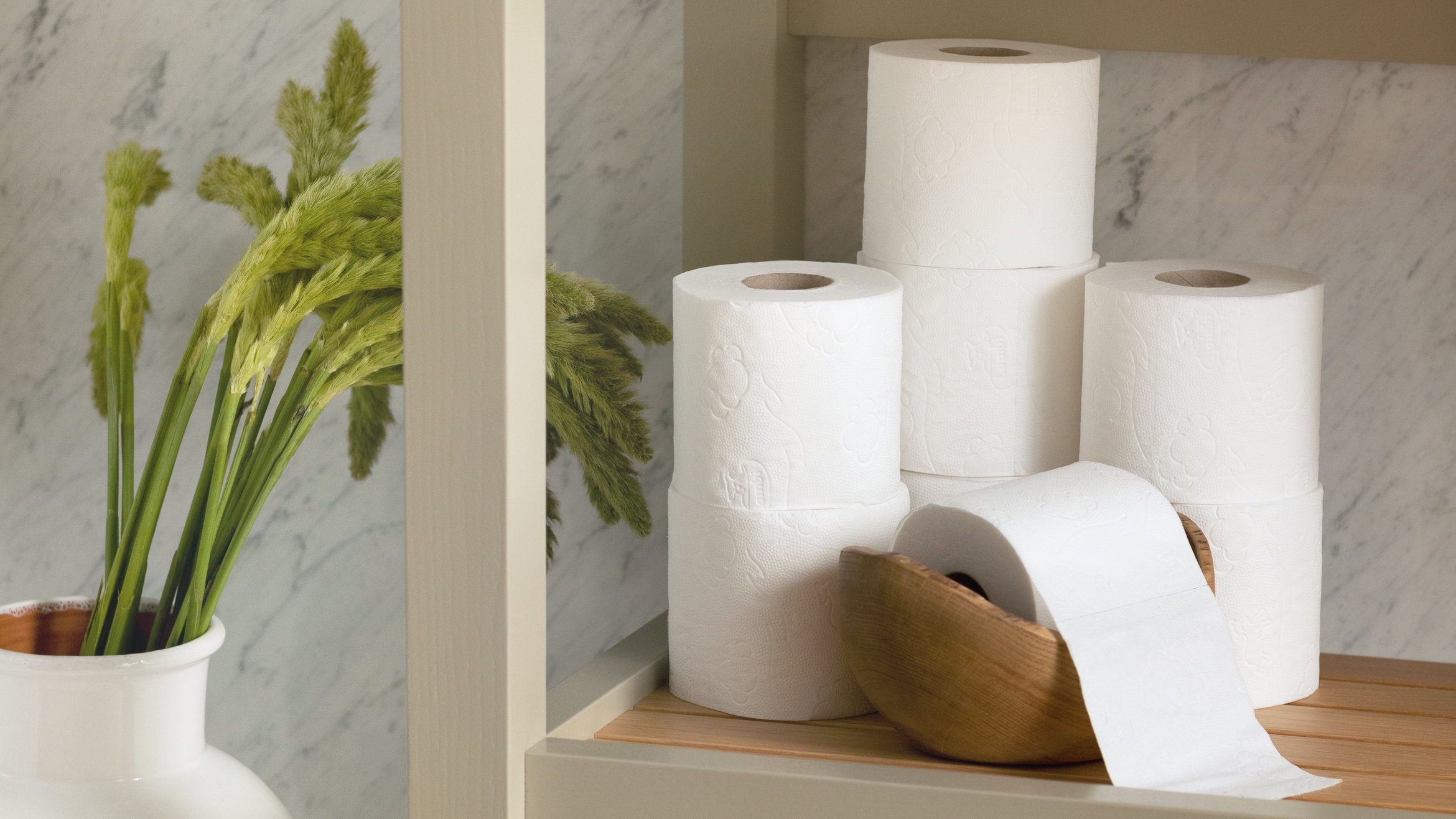
| Archive/Subscribe | TAPPI.org | Advertise | TAPPI Press Catalog | December 2021 |
Metsä Tissue Calculates Carbon Footprint of Toilet Paper
In cooperation with AFRY, Metsä Tissue, a part of Metsä Group, has calculated the carbon footprint of toilet paper at its eight European mills, and explored also the differences in the footprints of toilet papers made of fresh and recycled fibers. The results for the products analyzed by the company indicate that a roll of toilet paper made of fresh fiber has a carbon footprint that is approximately one fifth smaller than a roll made of recycled fiber.
Metsä Tissue is one of Europe’s largest tissue paper producers, having production in five countries at eight tissue paper mills, producing products from both fresh and recycled fibers. Fresh fiber based tissue papers and their production close to the markets are key elements of the company’s strategy and the use of fresh fibers in Metsä Tissue’s production will continue to increase. Currently, fresh fibers account for around half of the raw material. “Our carbon footprint analysis was inspired partly by the fact that products made of recycled fiber are often considered a better alternative for the environment, and partly by the increasing challenges in availability and quality of recycled raw material. The biggest differences in the carbon footprints arise from the amount of energy and water needed to purify recycled fiber. To be suitable for hygiene use and food contact, recycled fiber requires effective purification, while fresh fiber is naturally suitable for hygiene use,” says Johanna Kesti, senior vice president, marketing, communications and sustainability, at Metsä Tissue. The carbon footprint analysis offers positive news to tissue paper consumers and producers. The average carbon footprint of tissue papers produced at Metsä Tissue’s mills was 1.4 t CO2e per metric ton of paper. The average European consumes around 12.8 kg of toilet paper a year, which is equivalent to approximately 17.92 kg of CO2. In turn, this corresponds to only around 0.27 percent of each European’s overall annual carbon footprint. When we use premium fresh fiber-based products for hygiene purposes, we create a smaller carbon footprint than when using products made of recycled fiber. Because of its declining availability, recycled fiber will in the future be used in solutions that have lower hygiene and quality requirements than tissue papers, where material yield is higher and where the fibers stay longer in circulation. These include for example transport cardboard packaging. “Fresh fiber is the hygiene material of the future. By using fresh-fiber products, consumers get sustainably produced tissues with high quality. The production of fresh-fiber paper consumes less energy and water at the tissue mill, and more than 90 per cent of the raw material can be utilised. The use of recycled fiber is less efficient, as only around 60 per cent of the raw material ends up in hygienic tissues and the rest is waste that needs to be processed. In other words, a responsible tissue consumer does not need to compromise on pleasant quality, product safety or sustainability,” Kesti adds. The EU’s product environmental footprint category rules (PEFCR) were used in the carbon footprint study to calculate the global warming potential (GWP) of base paper production. Product calculations were performed by AFRY in accordance with the ISO 14067:2018 standard and based on the data supplied by Metsä Tissue’s mills.* |



